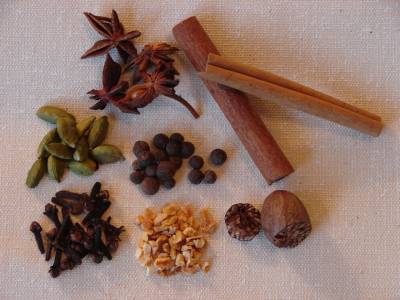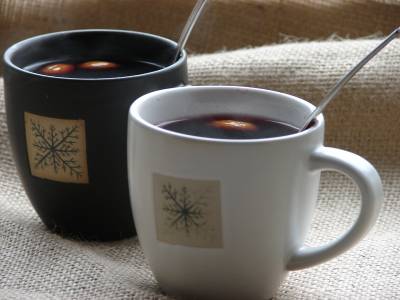|
| | It’s late in the afternoon and darkness has fallen, ideally white snow has covered the ground outside. Inside the lights are glowing, soft candlelight flicker on the walls and star decorations with lights shine in the windows. You can feel in your whole body that the holiday is approaching and as the December days go by, the notion becomes even more prominent. outside. Inside the lights are glowing, soft candlelight flicker on the walls and star decorations with lights shine in the windows. You can feel in your whole body that the holiday is approaching and as the December days go by, the notion becomes even more prominent.
But mere candles and decorations cannot be compared to the importance of food and drinks, which act as the ultimate catalyst of Christmas spirit. There is no debate that there will be gingercookies, saffron bread, and Christmas candies all through December. But the culinary trigger will not have been fulfilled until you have a sip of warm and spicy glögg, only then can you comfortably relax in your chair, and know for a fact that the holiday is here.
That is at least how many people approach the holidays in Northern Europe. Glögg is as necessary an indulgence as the finest Christmas ham or presents under the tree. Spiced with cinnamon, cloves, nutmeg and cardamom; the warm and sweet wine is served along with raisins and almonds in small glasses.

Various cultures have embraced this tradition; mulled wine is an overall term describing spiced wine that is usually served hot. Scandinavian Glögg, Germal gluhwen and French vin chaud are all variations of mulled wine, as each is prepared slightly different. All through Europe this basic type of drink is common and loved.
Historically, this custom began as a means to utilize old wine that was going bad. Instead of discarding the wine, it was spiced with strong flavors such as cinnamon, cloves and ginger and sweetened with  sugar. All the flavors hid the taste of old wine and soon this method became more popular and the drink became an important beverage during the winter months. sugar. All the flavors hid the taste of old wine and soon this method became more popular and the drink became an important beverage during the winter months.
Mulled wine can be made through various methods. However, most commonly, wine is infused with spices for a couple of hours. Typically red wine is used, although recently white wines have become more popular to use as well. Sometimes, liquors like brandy or whiskey are added for the purpose to make the drink stronger and also add flavor.
In Sweden though, as well as in other Northern countries, most people simply make their way to the closest liqour store and pick up a couple of bottles of pre-made glögg. It is sold with various alchohol contents and also free of alchohol. Rarely, do people actually make their own glögg, however it’s very easy and allows for interesting experimentation. And when making your own glögg, your home will be filled with aromas of the holidays, which you can capture in a bottle and enjoy throughout the winter months - certainly a tradition worthwhile to pursue.
Basic Glögg Recipe
| |

